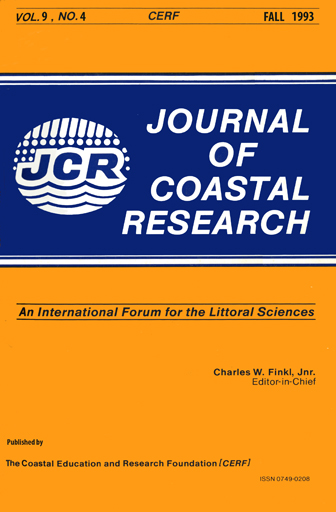Lateral Variation in the Geomorphology of a Pleistocene Rocky Coastline at Kalbarri, Western Australia
Keywords:
Alongshore variability, unconformities, pocket beach, intertidal abrasion platform, neptunian dikesAbstract
The junction of the Indian Ocean with Kalbarri National Park and adjacent townsite of Kalbarri in Western Australia exhibits two spectacular rocky coastlines. One is the modern setting with its broad rock platforms and towering sea cliffs eroded in the red Tumblagooda Sandstone (Silurian) capped by pale sandstones and shales (Triassic, Cretaceous). The other is an approximately 100,000 year-old Pleistocene rocky shoreline with a wide variety of deposits preserved unconformably against the Silurian sandstone. Over a short distance of 8 km along the water front, five very different geomorphological features may be observed in a continuum associated with the same ancient rocky coastline. They include: river-mouth bar, cobble pocket beach, intertidal abrasion platform with tidal pools, drowned paleovalley, and neptunian dikes in massive sea cliffs. A typical intertidal fauna with turbinid and patellid gastropods is fossilized. These deposits richly illustrate a range of conditions through which rocky shores are incorporated into the geologic record. They are described herein as a new rock unit named the Chinaman's Rock Member, attributed to the basal Tamala Limestone.


